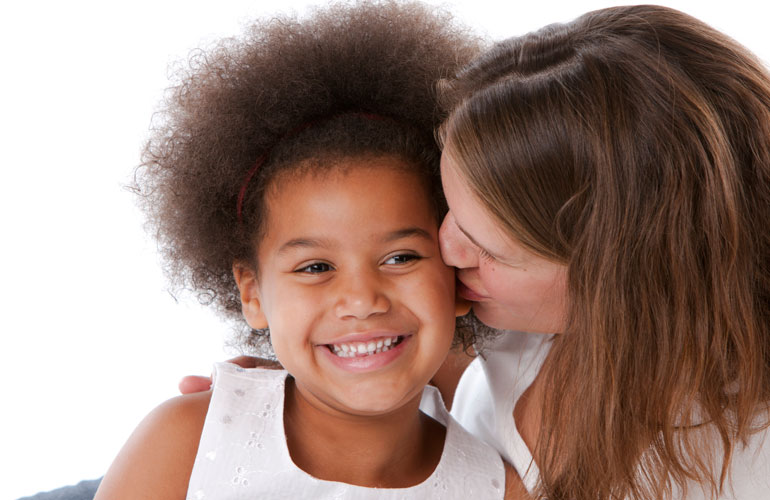We often hear about literacy — the ability to read and understand the written word. But what is “emotional literacy”? And how do we help our children develop it?
Emotional literacy is the ability to use, understand, and apply “feeling” language. An emotionally literate child can identify her own feelings and understand the feelings of others. She knows that different situations cause different emotional responses. This kind of literacy also means knowing what to do with feelings you have — how to express them appropriately.
Why is emotional literacy important? The more emotionally literate we are, the better able we are to describe what happens to us. We are more successful in relationships, and we develop a better understanding of the world.
For the adopted child, emotional literacy is especially important. Our children come with a past. They have birth parents. Some have lived in foster homes, others in orphanages. All of them have had experiences that one day they will need to talk about. They will want to describe their life histories, and they will need to explain how they feel about them. The better emotional language tools a child has, the more successful he will be at exploring his own experiences.
Baby’s First Feelings
We begin teaching our children to be emotionally literate the moment they come into our arms — the first time they hear, “I love you.” They learn from us how to express joy or pride; they also learn to articulate fear and anger. By age three, our children should know what these words mean, but they should also understand more sophisticated concepts. They know that when they do something new you are proud of them — although they may not yet use the word.
Children who don’t have these crucial word tools — those who are raised in a family where feelings are not explored — will find it hard to express themselves. Without encouragement, they will submerge emotions that should be expressed. This can lead to poor performance in school, anxiety, or anger. Using emotional language isn’t automatic. It takes modeling and practice. Here are some suggestions for encouraging emotional literacy in your family:
- Talk about your own feelings — “I feel lonely when it rains.” “I get so excited to see giraffes!” “Cuddling with you is my favorite thing, I love you so much!”
- Incorporate feeling words into everyday interaction — “We have so much fun when we play together, this makes us both happy!”
- Label feelings for your child — “You look scared getting into the water”
- Pretend or play with feelings — “Show me a mad face (or sad, happy, scared, etc.)”
- Label feelings in others — “Sally looks sad because you took that toy from her.”

